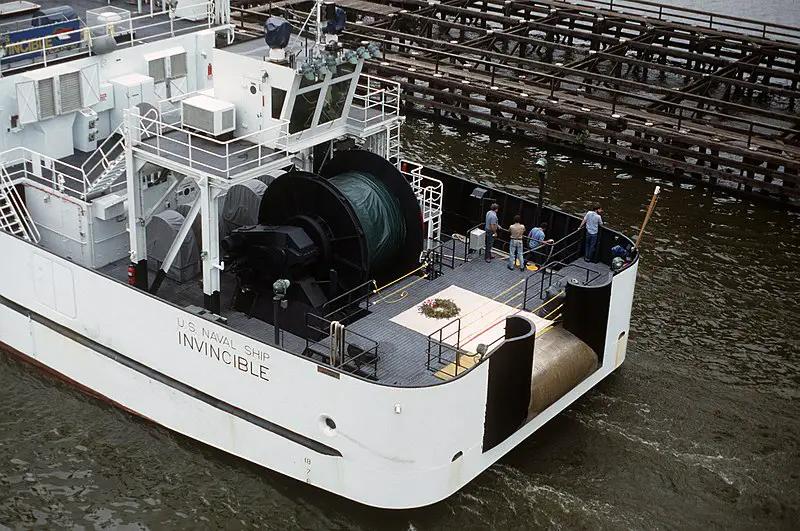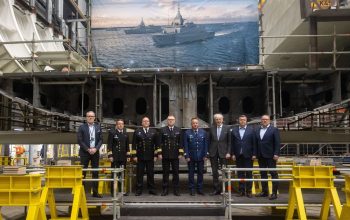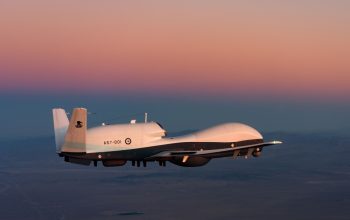The U.S. State Department has made a determination approving a possible Foreign Military Sale to the Government of Australia of Surveillance Towed Array Sensor System Expeditionary (SURTASS-E) mission systems for Vessels of Opportunity (VOO) and related equipment for an estimated cost of $207 million. The Government of Australia has requested to buy Surveillance Towed Array Sensor System Expeditionary (SURTASS-E) mission systems for Vessels of Opportunity (VOO); a shore processing mission system, a spare SURTASS passive acoustic array; containers; communications parts and support equipment; software; publications; training; U.S. Government/contractor engineering support; and other related elements of logistics.
The AN/UQQ-2 Surveillance Towed Array Sensor System (SURTASS), colloquially referred to as the ship’s “Tail”, is a towed array sonar system of the United States Navy. SURTASS was deployed on the four Victorious-class vessels and the USNS Impeccable (T-AGOS-23) (a small-waterplane-area twin hull (SWATH) vessel). SURTASS Twin-Line consists of either the long passive SURTASS array or the Twin-line array consisting of two shorter passive arrays towed side by side. The Twin-line Engineering Development Model was installed on USNS Assertive, and the first production model was installed on USNS Bold. The passive, or listening, part of the system is SURTASS, which detects returning echoes from submerged objects, such as submarines, through the use of hydrophones.
The SURTASS-E is a further development of the SURTASS, in containerized form, but lacking the low-frequency active (LFA) sonar array. The vessel must be moving at 3.2 knots for SURTASS-E to work properly. The move to acquire SURTASS-E is the latest step in Australia’s ambitious undersea warfare modernization effort, the flagship program of which will see the Royal Australian Navy, or RAN, introduce its first nuclear-powered, conventionally armed submarines, against the backdrop of increasing concerns about the Chinese submarine threat. The SURTASS-E was always intended to be packaged in standardized shipping containers, or ISO-Vans, which can be readily installed on various suitable ships, as required.














